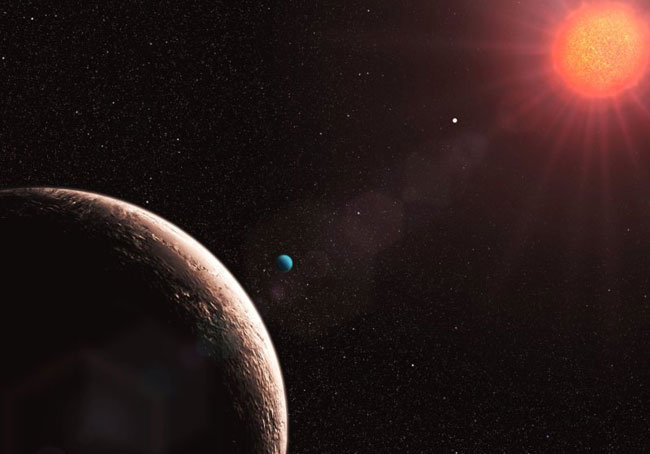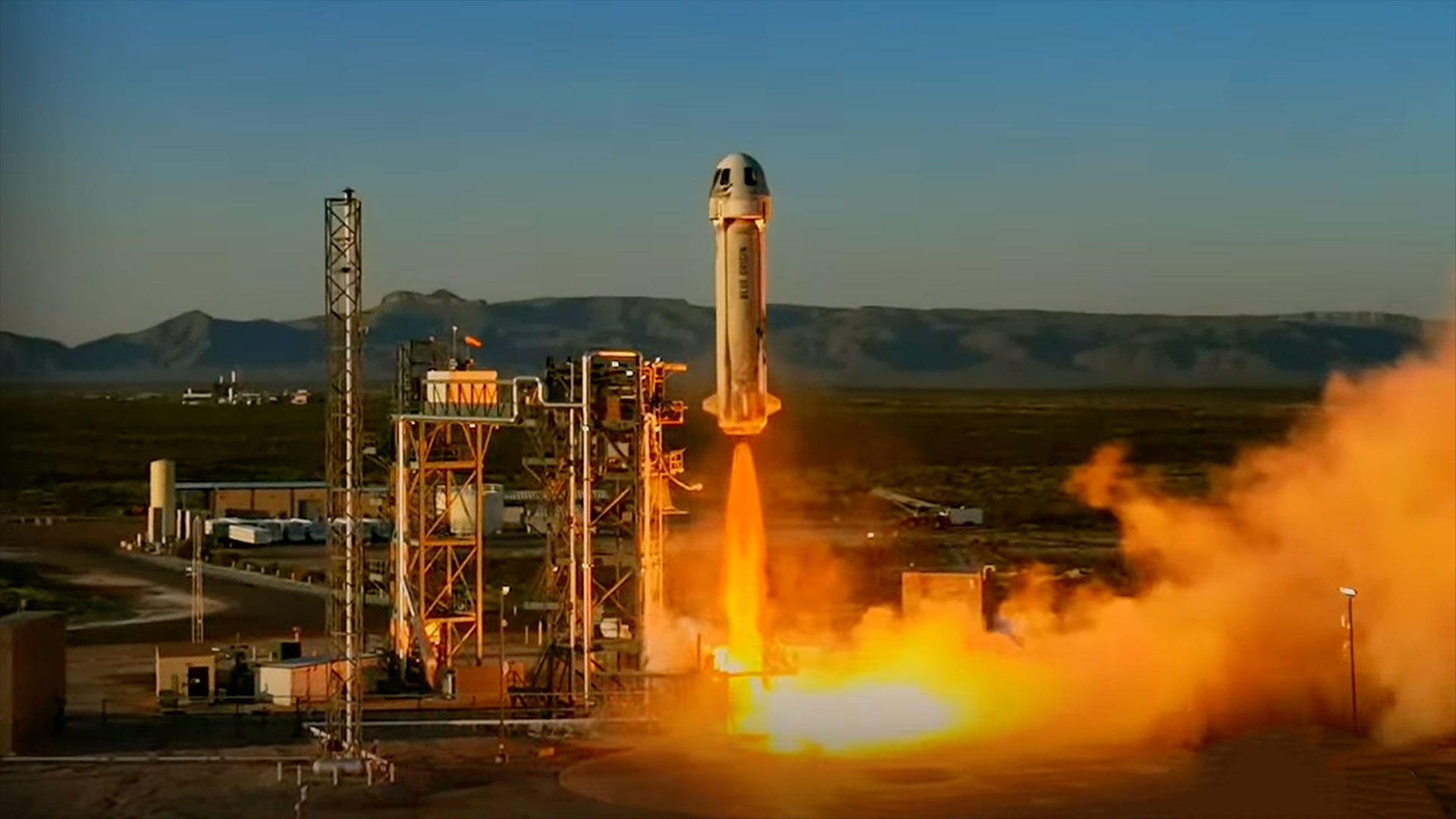5 Intriguing Earth-Sized Planets

Theannouncement today of a newfound group of alien planets orbiting a distant starhas added another candidate for the growing list of potential Earth-sizedworlds beyond our own solar system.
Astronomersstill have to confirm the presence of the possible Earth-sized world. But theysuspect it has a radius just 1.5 times that of Earth, which would make it the smallest alien planetyet found,if confirmed.
Here'sa look at this world and four other possible Earth-sized planets that show thediversity of alien planets:
Smallestalien planet yet?
Name:Not yet named
Distance:2,300 light-years from Earth
Mass:Unconfirmed, but radius estimated at 1.5 times that of Earth.
Announced:Today
Researchersstill need to confirm that this planet exists, yet they do have a general ideaof its characteristics.
Thispostulated planet circles the sun-like star Kepler-9 with two much larger, Saturn-sizedplanets, and it orbits closer to its star than its big companions do. All threeplanets could fit inside the orbit of Mercury if they were inside our own solarsystem.
Breaking space news, the latest updates on rocket launches, skywatching events and more!
Observationsfrom NASA's planet-hunting spacecraft suggest this planet takes only 1.6 Earthdays to revolve around the star.
It is likely not habitable because of itsclose orbit. The two outer planets are estimated to see daytime temperatures of740 degrees Kelvin (872 degrees Fahrenheit) and 540 degrees Kelvin (512 degreesFahrenheit), scientists have said. [TheStrangest Alien Planets]
Planetorbiting star HD 10180
Name:HD 10180b (if confirmed)
Distance:127 light-years from Earth
Mass:1.4 times that of Earth
Announced:August 2010
This isanother potential planet that remains to be confirmed, but astronomers usingthe European Southern Observatory (ESO) in Chile found hints of its existencearound the sun-like star HD 10180, which may have up to seven planets in all.
FiveNeptune-sized planets have been confirmed, with the Earth-sized world ? whichESO calls HD 10180b ? and another planet still pending. If all are confirmed,it would be the most planet-populated alien solar system yet found.
Thisplanet, if it exists, could be among the least massive ? and thus closest toEarth-sized ? ever found outside our solar system. But the similarities withour home planet end there.
Astronomersthink HD 10180b orbits extremely close to its parent star, just 2 million miles(3.2 million km) or so. Compare that to Earth, which stays about 93 millionmiles (150 million km) from the sun.
Observationssuggest the planet completes its orbit in only 1.18 Earth days.
RockyWorld
Name:Gliese 581e
Distance:20.5 light-years away
Mass:1.9 times that of Earth
Announced:April 2009
Thealien world Gliese 581e definitely exists.It orbits the red dwarf star Gliese 581 along with at least three otherplanets.
Gliese581e is nearly twice the mass of Earth, and it's likely a rocky planet. Butlife probably has no hope of taking root there. The planet is so close to itsstar ? it completes an orbit every 3.15 days ? that its surface is almostcertainly far too hot.
ACandidate for Liquid Water
Name:Gliese 581d
Distance:20.5 light-years away
Mass:7-8 times that of Earth
Announced:April 2007
Gliese581e's companion planet, Gliese 581d, is quite a bitbigger than Earth. But Gliese 581d intrigues astronomers, who think it mightjust be in the habitable zone of its star ? somewhere in that just-right rangeof distances that allow liquid water to exist on a planet's surface.
Anotherplanet in the system, Gliese581c, was also a contender for liquid water, but astronomers later foundthat it was likely too hot.
Anotherpoint in the Gliese 581 planet system's favor: its star appears to be old andstable.
Basedon the stability of its light, astronomers think Gliese 581 has been around fora few billion years, and that it likely hasn't belched out huge,planet-scorching bursts of radiation too often.
ScorchedWorld
Name:CoRot-7B
Where: 500 light-years away
Mass: 5times that of Earth
Announced:February 2009
CoRoT-7B (named after theFrench telescope that discovered it) shares some important characteristics withEarth. It is, for example, the first confirmed rocky world outside our solarsystem. But it would not be a particularly pleasant place to live.
CoRot-7B orbits just 1.6 million miles (2.5 million km) from its parent star, andthe planet is likely tidally locked: the same side is always facing the star,just as the moon only presents one face to Earth.
So oneside of CoRot-7b is probably a hellishly hot 4,000 degrees Fahrenheit (2,200degrees Celsius) while the other, in perpetual shadow, dips down to about minus350 F (minus 210 C).
- Gallery - Strangest Alien Planets
- Top 10 Extreme Planet Facts
- Newfound Alien Planets May Include Smallest One Yet

Michael Wall is a Senior Space Writer with Space.com and joined the team in 2010. He primarily covers exoplanets, spaceflight and military space, but has been known to dabble in the space art beat. His book about the search for alien life, "Out There," was published on Nov. 13, 2018. Before becoming a science writer, Michael worked as a herpetologist and wildlife biologist. He has a Ph.D. in evolutionary biology from the University of Sydney, Australia, a bachelor's degree from the University of Arizona, and a graduate certificate in science writing from the University of California, Santa Cruz. To find out what his latest project is, you can follow Michael on Twitter.
